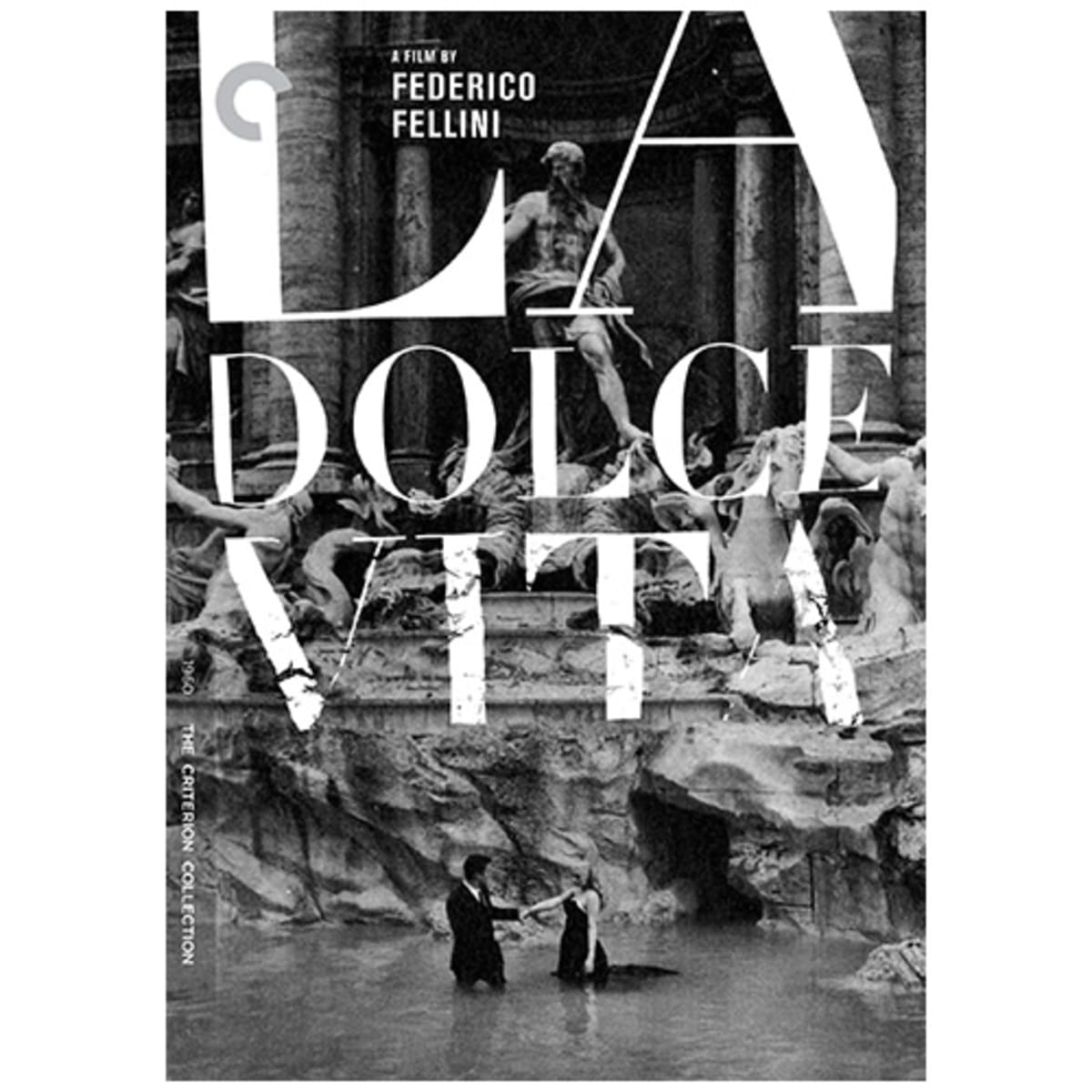
We go from a breathtaking sequence set in the middle of a bustling cityscape only to go below ground to see a group of people on an archeological as they uncover a hidden trove of art that’s gone in the blink of an eye, and even a baroque and utterly transfixing clergy fashion show, all turning this two hour long film into a scatterbrained and absolutely breathtaking bit of Fellinian tomfoolery.Īgain, what makes Roma (like Amarcord, the other Fellini film this is most oft-compared to) a captivating piece of work is the filmmaker’s absolute control over his craft.

We meet a film crew in the throes of production, as they attempt to get to the core of what truly is the Rome “of today.” That’s about as structured as this film’s narrative truly gets. Be it a cartoonish character design or a specific person staring directly into the camera, there is always an embracing of the artifice in this film, an artifice that sees this film evolve from a simple memoir into something far more experimental.Īnd with “what about the Rome of today,” Fellini jettisons us from the Rome of his youth, to the Rome of his then present. While Fellini embeds a documentary nature to a handful of scenes found within this specific narrative thread (particularly an eating sequence in the film’s first act), we never lose sight of the fact that this is Rome seen through the eyes of an outsider. A city whose DNA runs rich with hedonistic pleasure, Rome is shown as an impressionistic, baroque city that is as grotesque in its lusty nature as it is utterly magnetic in its campiness. Ostensibly the backbone of the film, it’s through this character and his uncertainty in the new city that we slowly become accustomed to the in many ways crude and vulgar nature of this cartoonish caricature of Rome.

Thompson icons in the US.įellini’s film is split across two real narratives, first introducing us to a young man (a Fellini proxy, if you will), who we first meet as he arrives in the city. Seemingly a journey through the streets of a Rome from a universe just adjacent to ours, Fellini all but neglects anything truly resembling a coherent narrative, Roma is a tone poem of sorts, an autobiographical travelogue that resembles works of Gonzo journalism that would make names like Hunter S. While taking the title from the real capital city of Italy, this is not a Rome anyone recognizes at first glance. It’s a bombastic introduction to one of director Federico Fellini’s most esoteric and yet deeply personal motion pictures.Īlso known in some circles as Fellini’s Roma, film critic Vincent Canby was right in suggesting that that specific title might be the real way we should look at this picture.

A blood-red screen introduces us to the proceedings, with the four letters making up the Italian name for the nation’s capital of Rome fading in in all of their grand, pitch black glory. From, literally, the film’s opening title cards, Roma announces itself as something of a visual feast.


 0 kommentar(er)
0 kommentar(er)
